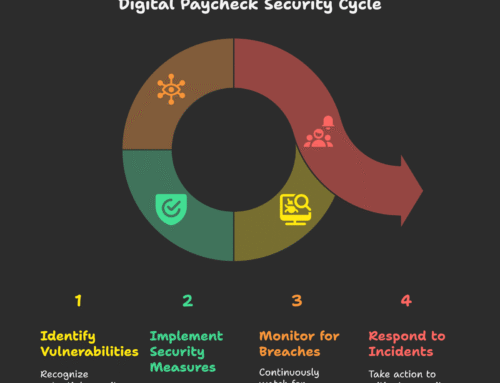As recently as a decade or two ago, the word “productivity” brought to mind images of rows of workers lined up like drones at their desks. Many people in business believed that anything that was not directly related to the bottom line was a waste of time and resources. The workplace was meant for work and nothing else, and anything else was a distraction.
In more recent years, however, countless studies have been performed to determine what really improves workers’ productivity. Many of these studies have found that the environment in which a person works can have a significant impact on both the amount of work he gets done and the quality of the work he produces. In fact, one study done in Britain showed that the productivity of happier employees was an average of 12 percent higher, and even reached as high as 20 percent above their less happy peers.
Avoiding a Toxic Work Atmosphere
In order to build a positive work environment that fosters creativity, you first need to remove negative factors. A toxic environment makes it difficult for employees to complete even basic tasks, much less go above and beyond with their work. There are a few factors to keep an eye out for as you are clearing out the atmosphere in your office:
Inconsistent Policies/Procedures
Inconsistency makes it difficult for anyone in the office to really know what they are doing. If the way tasks are performed changes each day depending on each employee’s mood, then quality control is harder to enforce, and eventually, the employees will stop caring about it altogether. By placing set procedures for important tasks that come up regularly, then sticking to those policies, you can give your employees a feeling of stability. Implementing workflow management software tools can facilitate consistency. These tools will track each step as it is completed and prompt users on the next part of their tasks.
Toxic Leadership
The phrase “team player” does not just refer to junior members of a team; leaders have to know how to work with their teams, too. Toxic leaders see their subordinates as beneath them. They consider themselves to be smarter and more skilled than anyone else, and they refuse to listen to input. Sometimes, they even see it as their right to ignore office policies that others must follow.
Encourage leadership to work with their team members. Trust between workers and leaders is vital for a business to succeed. This is true across all levels of business. Be an example yourself by listening to input and sharing credit for success with your own team members.
Building an Inspiring Environment
In addition to removing negative factors, there are several positive ideas that companies are implementing to try to boost employee morale and creativity:
Outdoor Workspaces
There’s something about the outdoors that brings a feeling of peace with it. Whether it’s fresh air, natural light, or open space, there’s something about being outside that is refreshing. Many companies are looking at incorporating outdoor workspaces into their designs. These workspaces are not so much just workstations that have been built outside, but more natural environments that invite creativity.
Keep in mind that these spaces will likely require the services of qualified lawn care service providers to keep up the area. Additionally, when designing these spaces, you will want to take factors such as shade, wind, and extreme temperatures into account.
Quiet Rooms
With the trend of open office spaces without cubicles, it can be difficult for some employees to focus. By dedicating a room to quiet work and restricting noise, you can give your employees a place to concentrate. If things become hectic or distracting in the main office area, your employees who need a quiet space will have the option to retreat into an area that suits their work style.
Personalized Spaces
Many companies are now encouraging their employees to decorate their cubicles and desks with their own flair. More than just bringing in a picture or two from home, these workspaces reflect each employee’s personal style. It gives the employees a sense of ownership of their area. That sense of control boosts morale, and productivity rises in turn without the need for a full office renovation.
Results-based Environments
Going a step beyond personalized workspaces, many companies are now following a trend of allowing employees to choose their own work environment entirely. Results-based environments follow a creed of “Do your work wherever and however you want, whenever works best for you, so long as you get everything done and meet your deadlines.” Obviously, not every situation will allow for this, but with work becoming so mobile as technology advances, the need for workers to physically be in an office to complete their work is declining. It also demonstrates trust in the workforce. Employers essentially offer complete autonomy to their workers in exchange for complete accountability.
Productivity is much more than forcing employees to sit at their desks and crank out as much work as possible between 8:00 in the morning and 5:00 at night. And these are just a few ideas to get you started as you build a work environment that works for your company. By providing an inspiring work environment for your workers, they will provide you with the inspiration and results you need.
Download the eBook and learn how to use neuroscience to attract the right talent, retain high-performing employees and foster collaborative teams.
Image by Mitch Rosen via Stocksnap






Leave A Comment